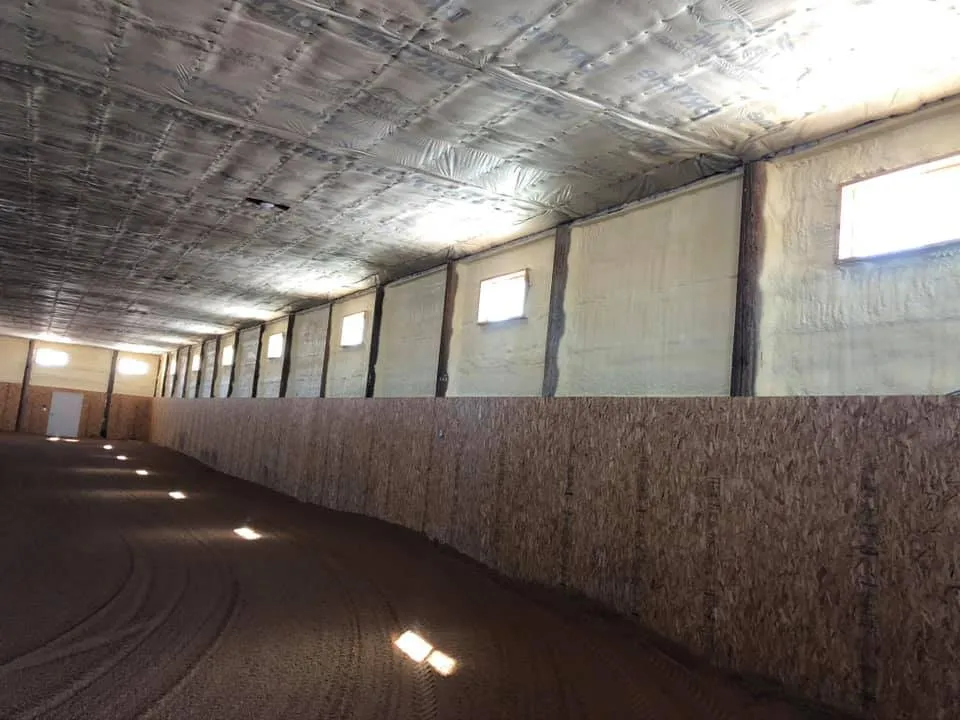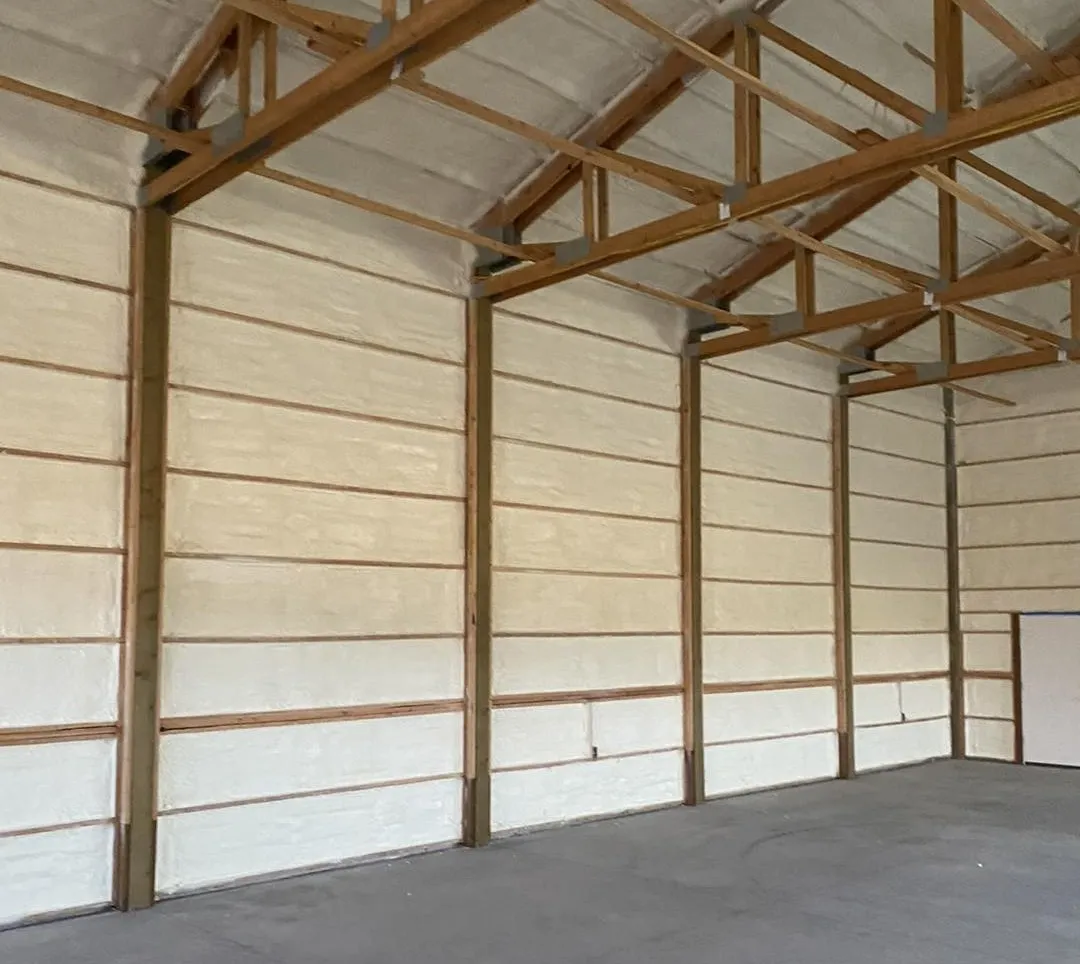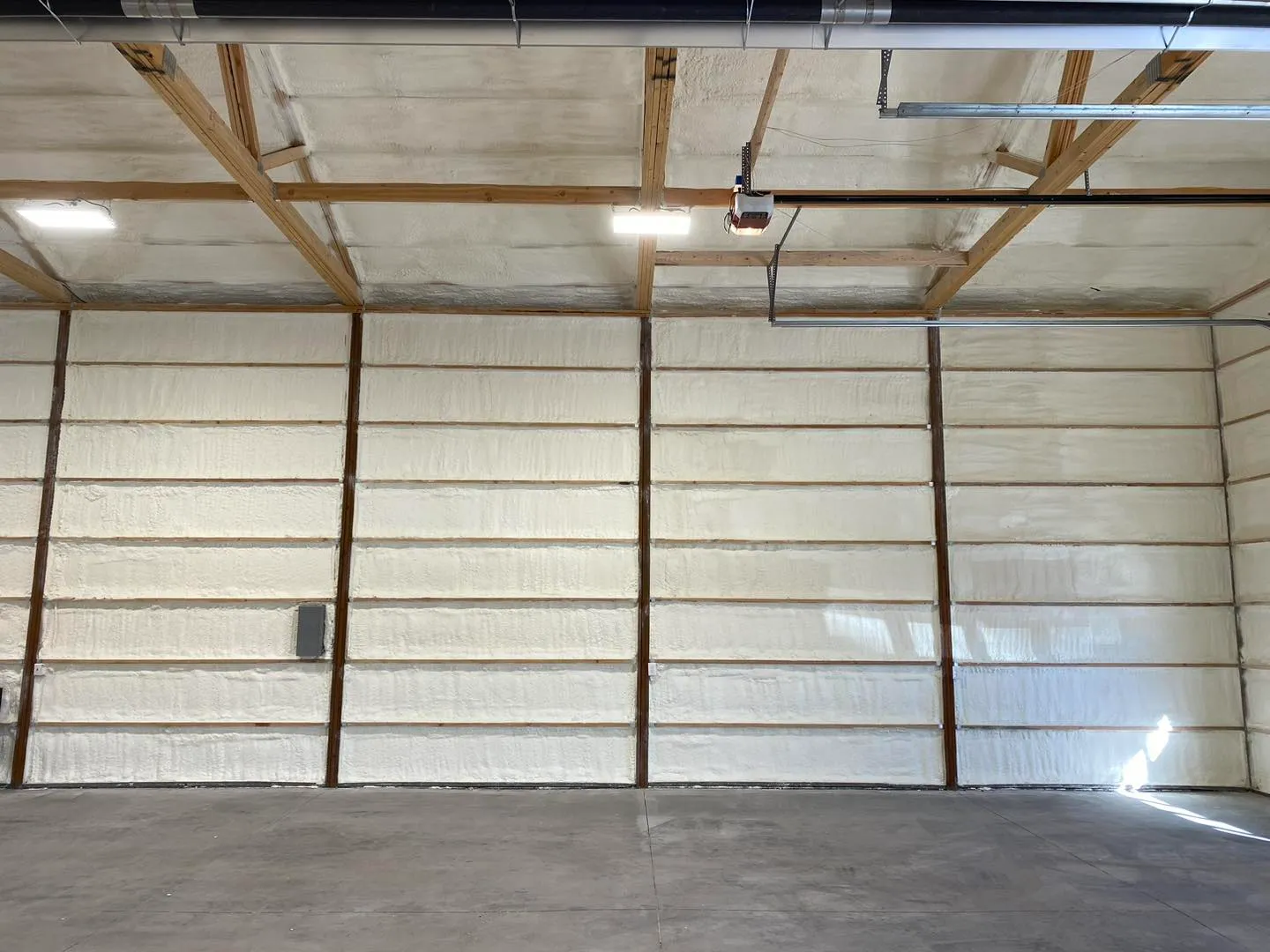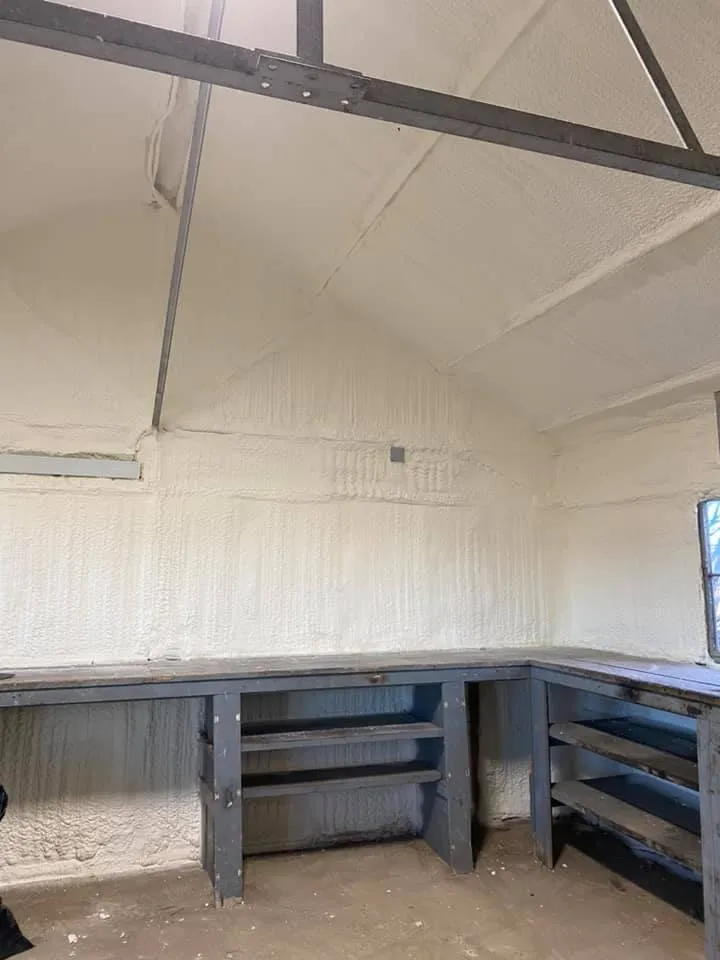

Spray foam insulation typically lasts between 20 to 30 years when properly installed and maintained. In many cases, it can remain effective for the lifetime of the structure. Longevity depends on the foam type, installation quality, environmental conditions, and whether it is shielded from prolonged UV exposure and moisture.
Spray foam forms an airtight seal that resists deterioration far longer than most other insulation types. Open-cell foam generally lasts toward the lower end of the range, while closed-cell foam can last longer due to its higher density and moisture resistance.
| Factor | Impact on Lifespan | Notes |
|---|---|---|
| Foam type | High | Closed-cell lasts longer than open-cell due to density and moisture resistance |
| Installation quality | High | Poor installation can lead to gaps, reducing efficiency and longevity |
| UV exposure | High | Direct sunlight degrades foam; must be covered or coated |
| Moisture control | Medium | Persistent leaks can break down foam over time |
| Structural movement | Medium | Excess shifting can cause separation or cracking |
| Pest intrusion | Low | Rare, but rodents can damage exposed foam |
| Property | Open-cell Spray Foam | Closed-cell Spray Foam |
|---|---|---|
| Density | ~0.5 lb/ft³ | ~2 lb/ft³ |
| R-value per inch | 3.5–3.7 | 6.0–6.5 |
| Moisture permeability | High | Low |
| Sound absorption | High | Medium |
| Typical lifespan | 20–25 years | 25–30+ years |
| Common applications | Interior walls, soundproofing | Exterior walls, roofing, moisture-prone areas |
(Source: U.S. Department of Energy, Building Science Corporation)
Bonus Tip: In regions with significant seasonal temperature swings, plan for slight structural movement and choose foam that maintains adhesion in varying conditions.

Only if it becomes physically damaged or exposed to persistent moisture.
No, unlike loose-fill insulation, it retains its shape and seal.
In some cases, yes, but the old insulation must be clean, dry, and stable.
Spray foam insulation can last decades with minimal performance loss when installed and maintained correctly. Climate conditions, foam type, and protective measures all influence how long it remains effective.
For detailed guidance and proper application methods, contact High Country Solutions at [email protected] or call (307) 248-9063. Experienced professionals can help determine the right solution for each specific structure and climate.
Inspect annually for moisture intrusion, UV damage, or pest activity. Apply protective coatings as needed.
Yes, small damaged sections can be cut out and replaced without removing the entire installation.
Minimal loss occurs unless the foam is damaged or waterlogged.
When installed correctly and allowed to cure, it does not release harmful emissions.
Cover it promptly to prevent UV degradation and maintain insulation performance.


